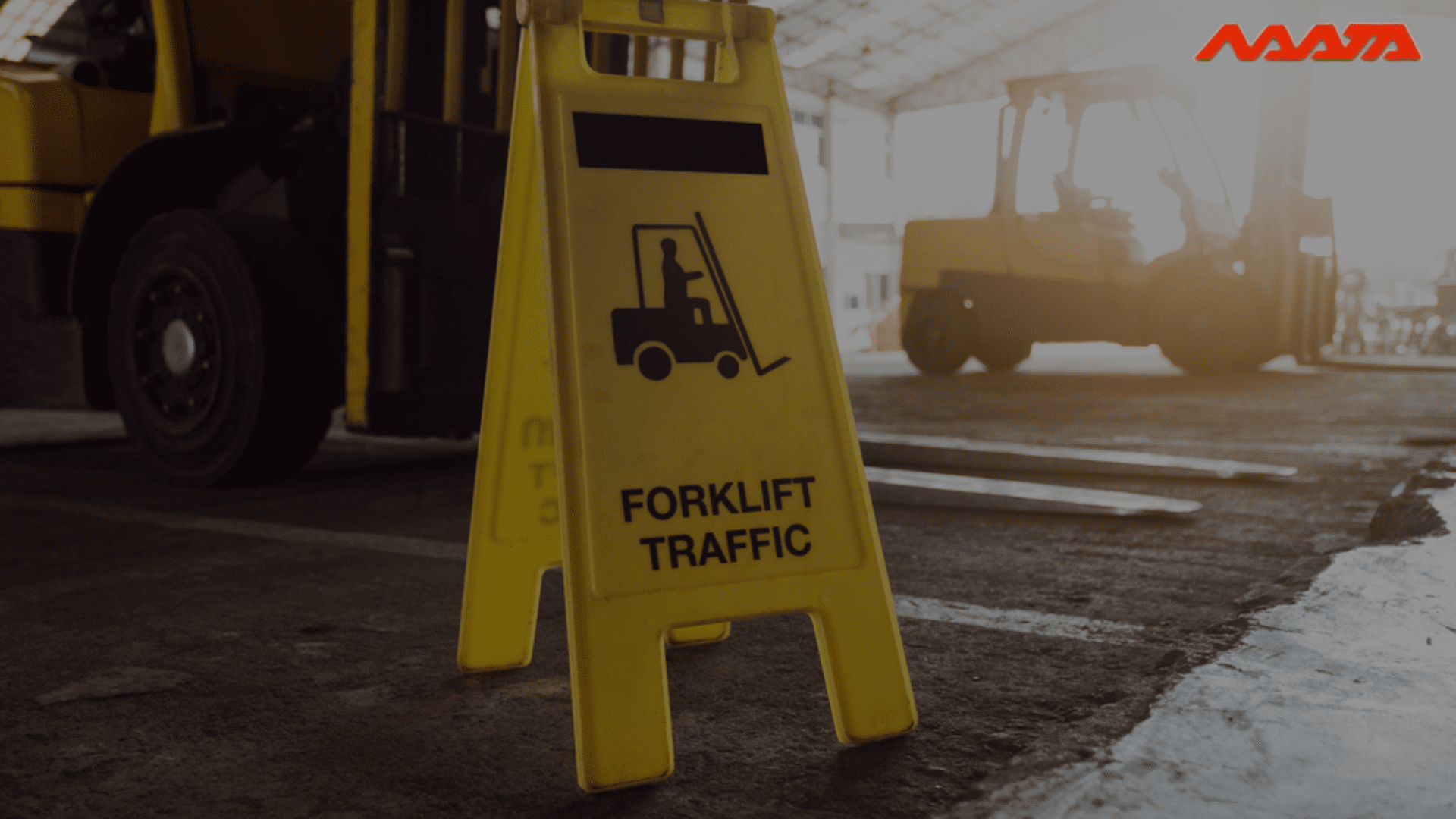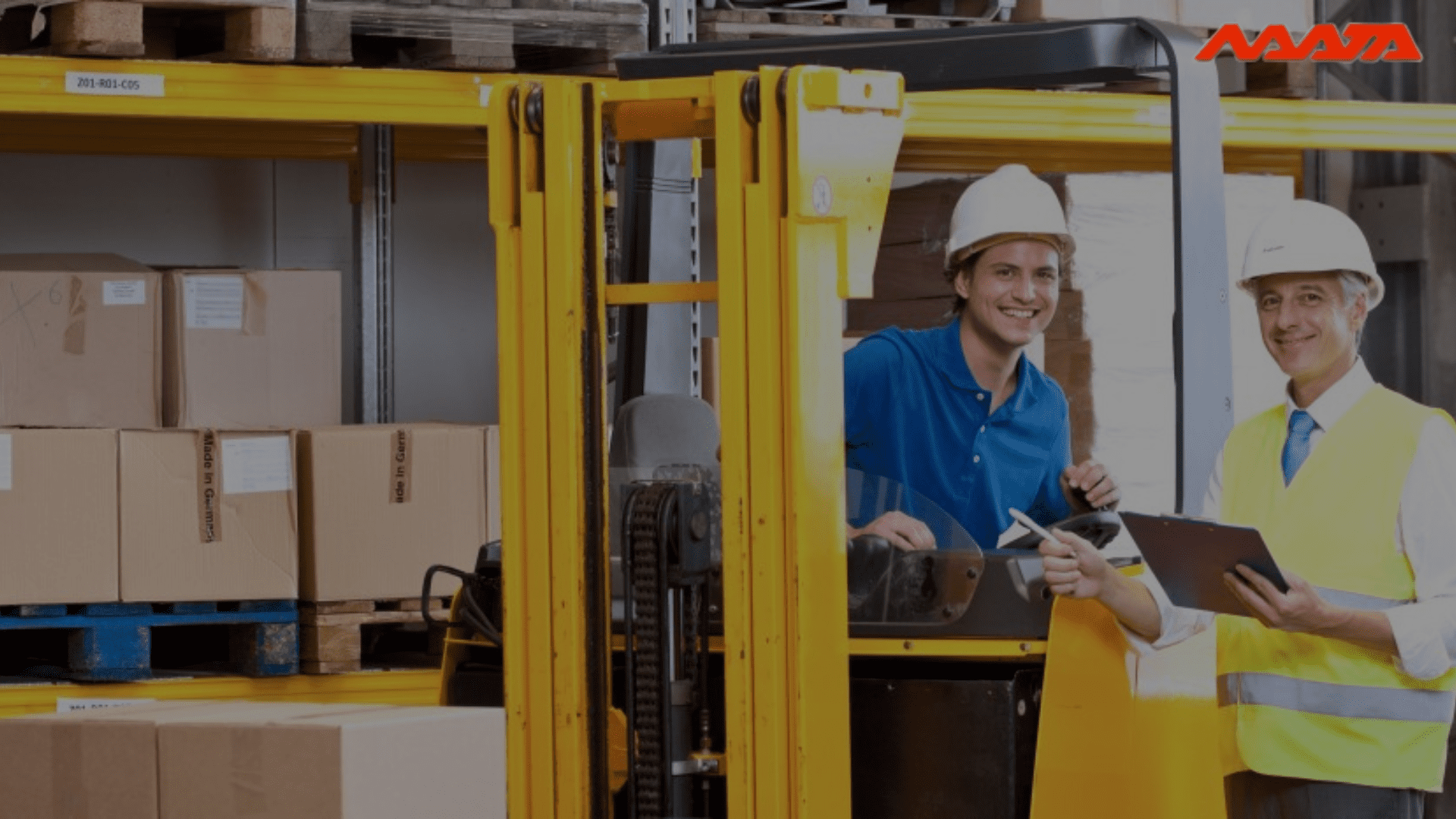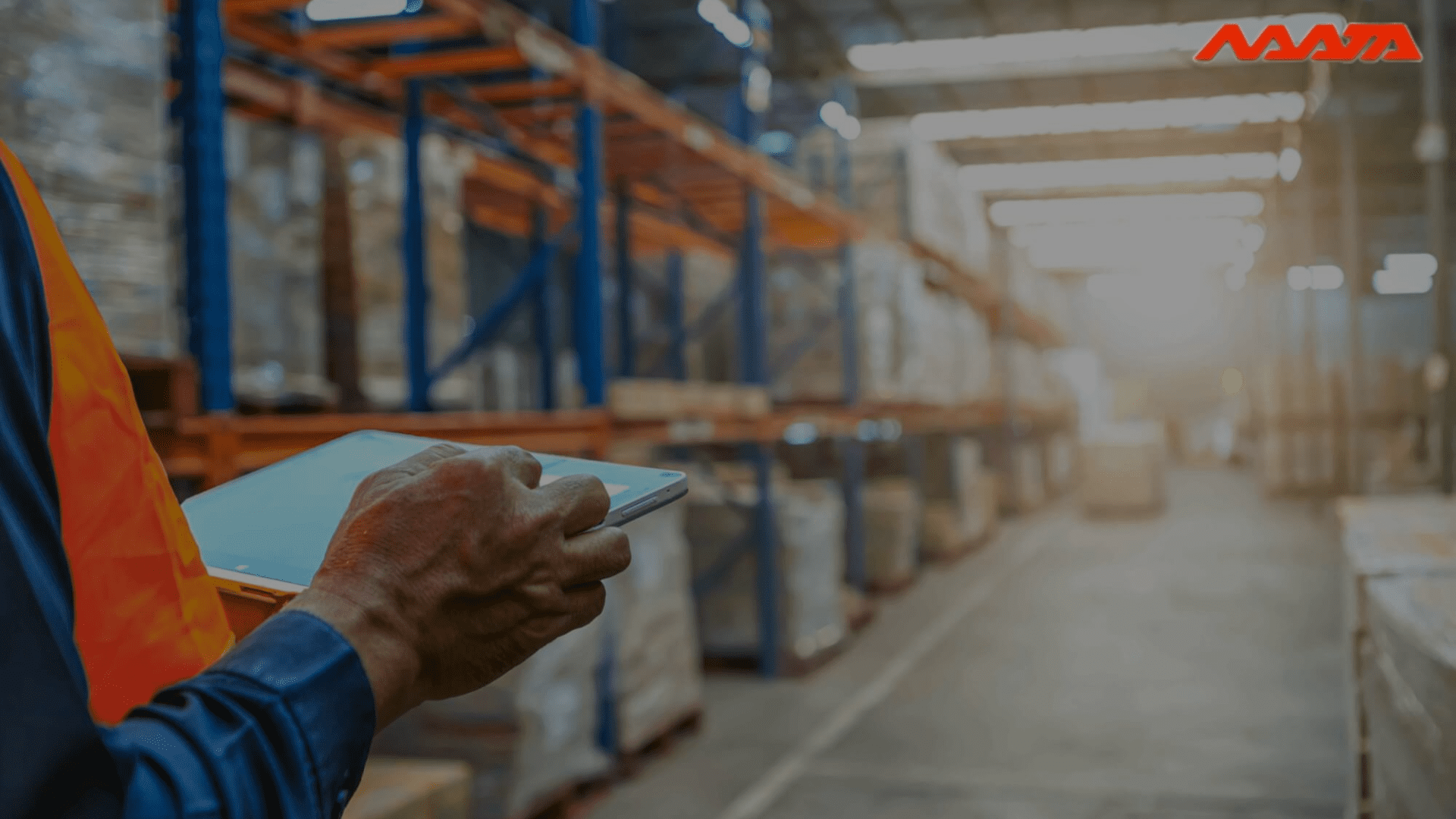5 Logistics Safety Measures
Table of Contents
Logistics Safety
The logistics business plays a critical role in ensuring the safe storage and distribution of commodities throughout the nation. Not only does it include distribution and transportation, but also storage is a part of it. However, because of the inherently dangerous nature of the work that is done in this business, the number of accidents that occur within it is very significant. This is in part because of the size and weight of some of the cargo that are involved, as well as the trucks and equipment that are necessary to convey such loads.
All businesses with big transport operations and a large number of drivers and operators must prioritise logistics safety as a top priority.
Various dangers lurk along the way, from the point of origin to the factories where the raw materials are processed, and from the plants where the final items are sent. The identification and control of these risks is critical for any organisation, particularly one that is engaged in big transportation operations.
In the transportation and logistics industry, creating a safety-first mentality is obviously a priority. Here are some actions to help your company create a culture that reduces risk for everyone, including workers and the general public.
You May Also Like To Read: 10 Challenges Faced By Logistics Companies
Incident Management
When loading and unloading freight and using forklifts, employees in the logistics industry face a variety of dangers that could result in injury.
What options do we have for dealing with these problems?
- Assuring that all employees are educated on injury management is easy with the help of an e-learning module.
- Conduct a Risk Assessment for each patient and location using Checklists.
- The Plant and Equipment Module can be used to ensure that the mechanical aids of patients are in good working order.

Plant and Equipment
In the logistics industry, it is critical to keep track of your plant and equipment, as well as the credentials and training of your staff in order to effectively utilise it.
Can you think of a way to resolve these problems?
- You may do the following in the Plant and Equipment Register:
- Maintenance schedules for plant components may be seen and managed.
- Keep detailed records of compliance by creating checklists like the pre-start, inspection, and fit-for-duty checklists.
- Define the requirements for plant item use-specific training and certification.
- Find out which staff satisfy that standard.In order for a plant item to be assigned in and out by an employee, a history of use must be recorded in the employee’s record.
- Insure, register and keep track of upcoming events.
You May Also Like To Read: 6 Importance of Logistics That Helps Businesses
Training
Employers have a legal obligation to give their workers with all of the pertinent information, teaching, training, and supervision that is associated with the roles that they do. When was the last time you evaluated the staff’s continuing education requirements? Is a review necessary at this point? Have you hired additional people in response to the increasing demand from customers? If so, have all of these new employees received the appropriate safety training to do their jobs in a secure manner?
It is of the utmost importance that all new employees undergo training, and that current employees be kept up to speed with the ever-evolving safety culture and procedures. Knowledge expansion in the areas of health and safety in warehouses will lead to a higher emphasis being placed on following the most effective safety procedures.

Missteps and Tumbles
At work, falls are the most common cause of severe injury. Breaking a bone from a simple slip or trip may seem inconsequential, but studies show that 95% of the time they lead to more serious injuries, such as falls from heights.
In order to comply with the law, employers are expected to estimate the risk of accidents involving falls and slips and take reasonable measures to prevent them, such as installing enough lighting, distributing non-slip footwear, and performing regular floor checks.
The bulk of these actions are quite basic and cheap to execute, and they will help decrease costly absenteeism and injury claims caused by delay.
You May Also Like To Read: 4 Modes Of Transport
Logistics Safety Audit
As a general rule, safety audits should not be anything more than an opportunity to gather information.Audit should be seen as a collaborative effort to achieve common objectives by the local warehouse or terminal management.
Facility managers at NRT are assessed in part on the basis of the safety ratings they achieve in their workplaces. The manager’s performance may be improved if identical criteria are in place in your workplace.
Assuring your coworkers that you won’t use them as scapegoats can be accomplished by investing time in developing personal connections. Make sure your bosses and coworkers don’t just see you performing audit-related tasks during audit period. Consult with coworkers if you want further information. Listen to what they have to say. Consider attending safety meetings and other events. Make an effort to demonstrate your commitment to the facility’s success on a personal level.
We advocate having a team go through the warehouse with management to look for ways to improve safety during an audit.

Thanks For Reading: 5 Logistics Safety Measures
Logistics Safety Measures Logistics Safety Measures




